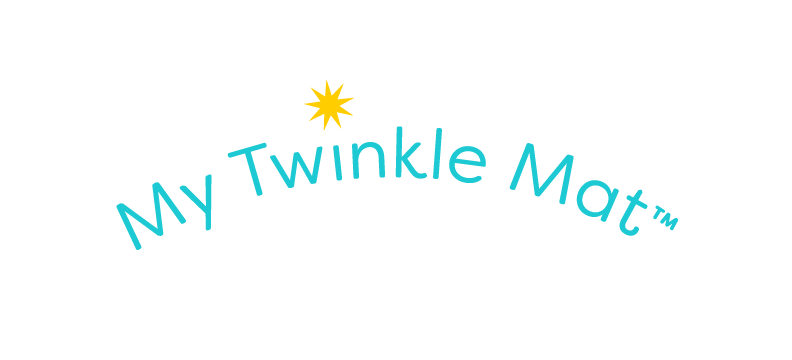
It’s time! Your beginning violin student has outgrown their practice instrument and is ready for the real thing. As you search for—and introduce your student to—the right violin, there are many important questions to consider.
Master luthier Adam Day of Adam Day Violins in Utah answered our top queries and shared why your student’s first violin could be the most significant musical purchase you make.
Should I Rent or Buy a Violin?
According to Adam, students who buy a quality instrument from the start are more likely to stick with lessons. "The interest level increases dramatically with a good instrument," he said. "The cost will typically be $400-$500 and you can trade them up as your child grows."
With rental violins—and even violins purchased online—you get what you pay for, Adam cautioned. “People bring me dot-com violins needing to be fixed, even requiring hundreds of dollars of work. The bridge shape is often cut really flat, strings not evenly spaced and the nut cut way too high so the students have a hard time learning the basics."
How Do I Choose the Right Violin Size?
Adam uses two simple metrics to gauge the correct violin size. “The pinky should be able to reach over to the G string to play a D without any strain," he said. "The left arm should also be at a 90 degree angle or less in first position. That’s a strong shape for your arm, and it’s easier to hold up the violin. If your arm and pinky can meet these two requirements, that’s the size for you.”
What Should I Look for in a Quality Beginner Violin?
Adam spends up to 200 hours crafting his professional level violins. So when it comes to quality, his senses are finely tuned. Adam’s top five characteristics to look for in a beginner violin include:
-
Beautiful tone. According to Adam, even the smallest violins can sound beautiful if made right. “Tone is critical and that's why I do what I do with our smallest instruments," he said. "I want them to sound free, open and as clear as possible. They must also respond quickly to bow strokes.”
-
High quality strings. Adam knows the power of a good set of strings and has developed a unique service called a "String Analysis" to help every violin achieve a balanced sound. “Some violins come in sounding really tinny, harsh or unbalanced,” he said. “People say, ‘I don't want to spend $70 plus on a set of strings because it's a cheap violin.’ But if we're able to at least convince them to experiment with strings, they're always floored and say, ‘I can't believe how much better it sounds.’" To learn more about a String Analysis, contact his shop.
-
Perfect fitting sound post. You may not be able to see it from the outside, but a perfect fitting sound post is critical for your violin to make a clear, ringing sound. “The sound post needs to be seamless and placed in a specific spot,” Adam said. “We make sure every instrument regardless of the level and size is set up in this way. This makes us unique in our industry as many shops don’t give beginner instruments this amount of detailed work and attention.”
-
Hand-carved. Adam takes pride in each of the hand-carved violins he sells, starting with the Kreutzer models for young students. “Hand-carved is a big indicator of quality,” he said. “If the violin is handmade, there is more tonal work done to the top and back plates of the violin. But beware, not all handmade violins are created equally. I’ve played and sifted through thousands of instruments at conventions from all over the world, I try everything I can get my hands on. The Kreutzer models we sell are insanely good and in my opinion provide the best value for beginning students.”
-
Dry wood. Finally, you might not think about it, but the age of your violin's wood has a significant impact on its sound. “You need a violin that has at least three-year aged wood,” Adam said. “If the violin wood is too moist, it garbles the sound. The violin is more free to vibrate when it’s dry. As you go up levels, they're aged longer.”
Caring For Your New Violin
As you teach your child to care for their new instrument, Adam suggested thinking of it as a dessert. “The fingernails cause the most damage to the violin’s varnish, which is soft. So, think of your instrument like a birthday cake and don’t stick your fingers in it,” he said.
A couple more pro tips:
-
Watch the temperature. “Never leave your violin on or by a heater vent or in a car," Adam said. "I've seen cracks because of those two big things. The instrument should be kept in a room temperature environment.”
-
Store your violin in sight. “In order to increase practice, research has shown that the violin should hang on the wall and not be stored in a case," Adam said. "A wall in your living room or bedroom are good options. It's important to choose a temperature-controlled wall rather than an exterior-facing surface."
The Far-Reaching Benefits of Music
Adam's philosophy with violin making and violin lessons could be summed up as "do it right from the very beginning." The impact, he believes, is life-long.
“If it's to check a box and get a grade, violin isn't for you," he said. "If it's to learn a beautiful language, then it's the right move. Music is an extension of your soul, there's only so much you can say with words. But with music you can really dig deep and express yourself the way God wants us to.”
Ready to start your violin student on the right foot? Learn more about our Twinkle Mat practice mats, thoughtfully designed with violin teacher input, and our Twinkl'in foam violins for the youngest students.

